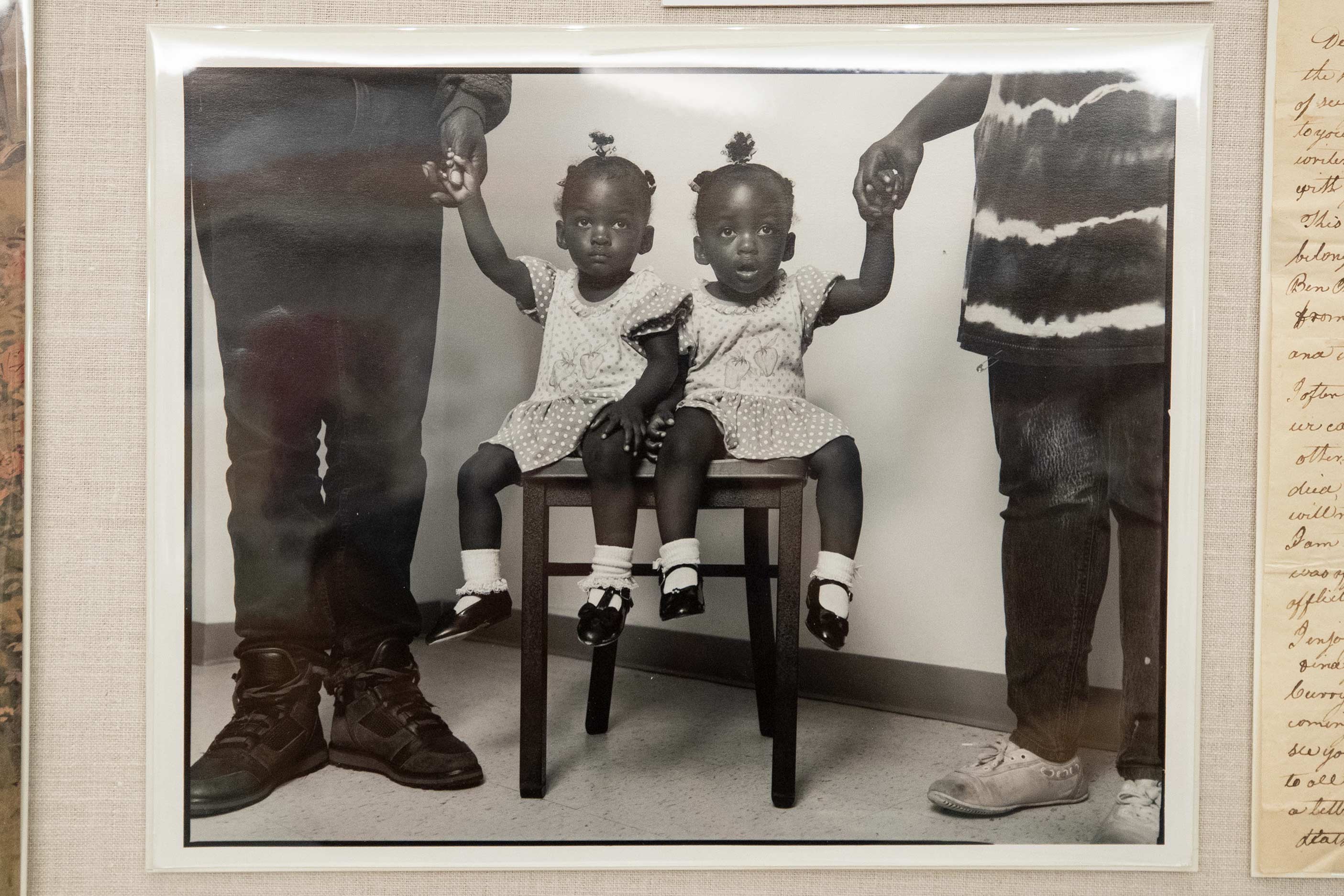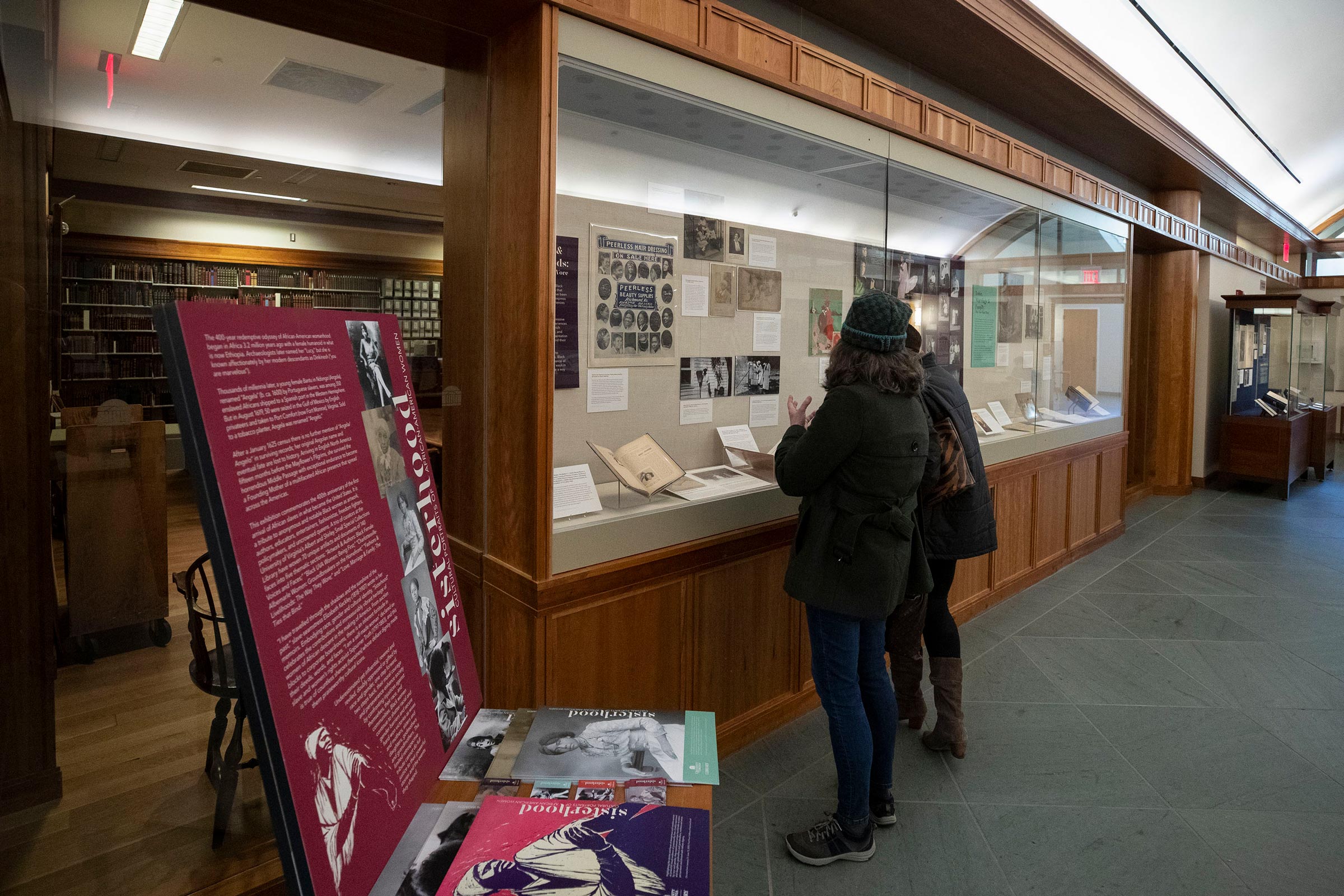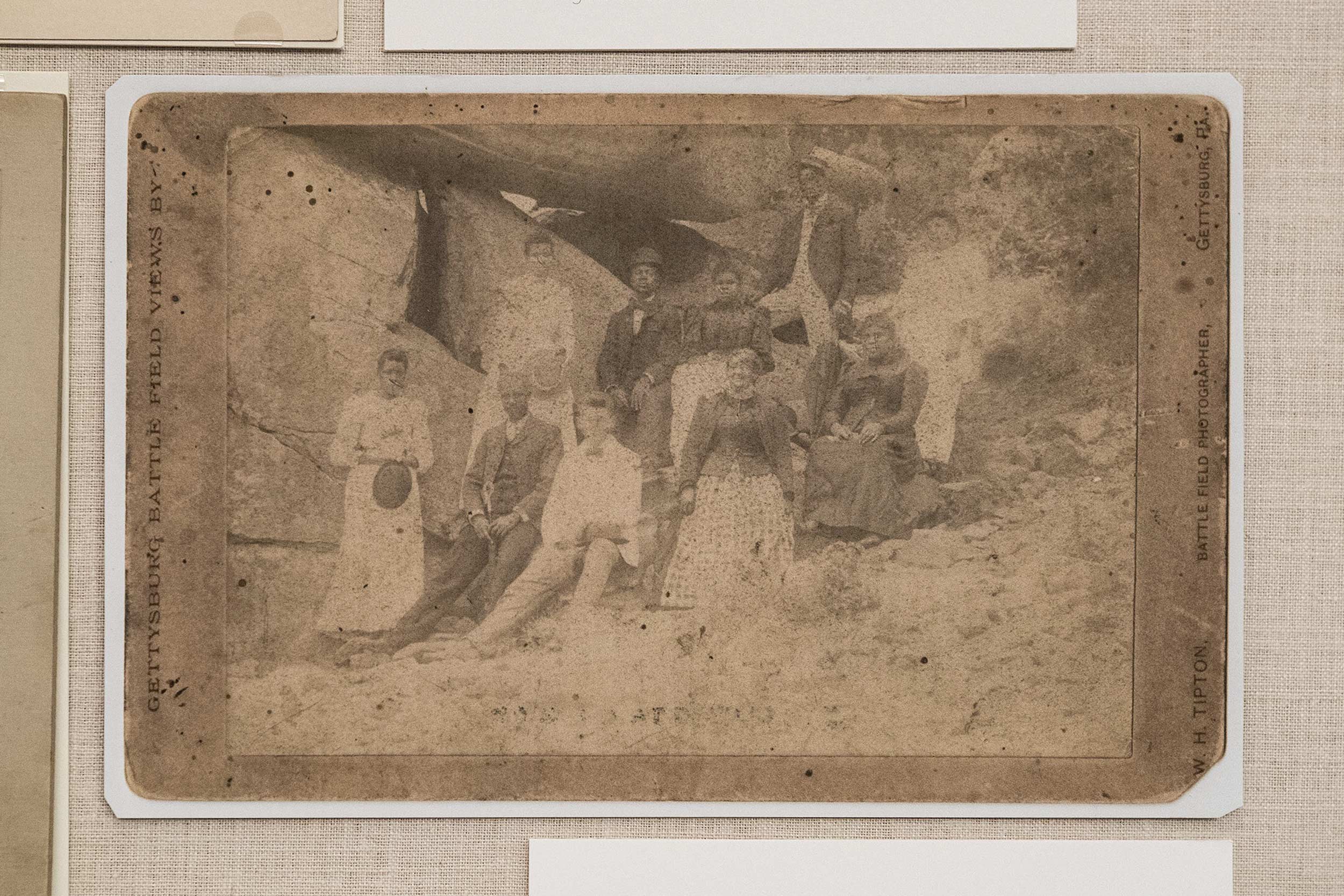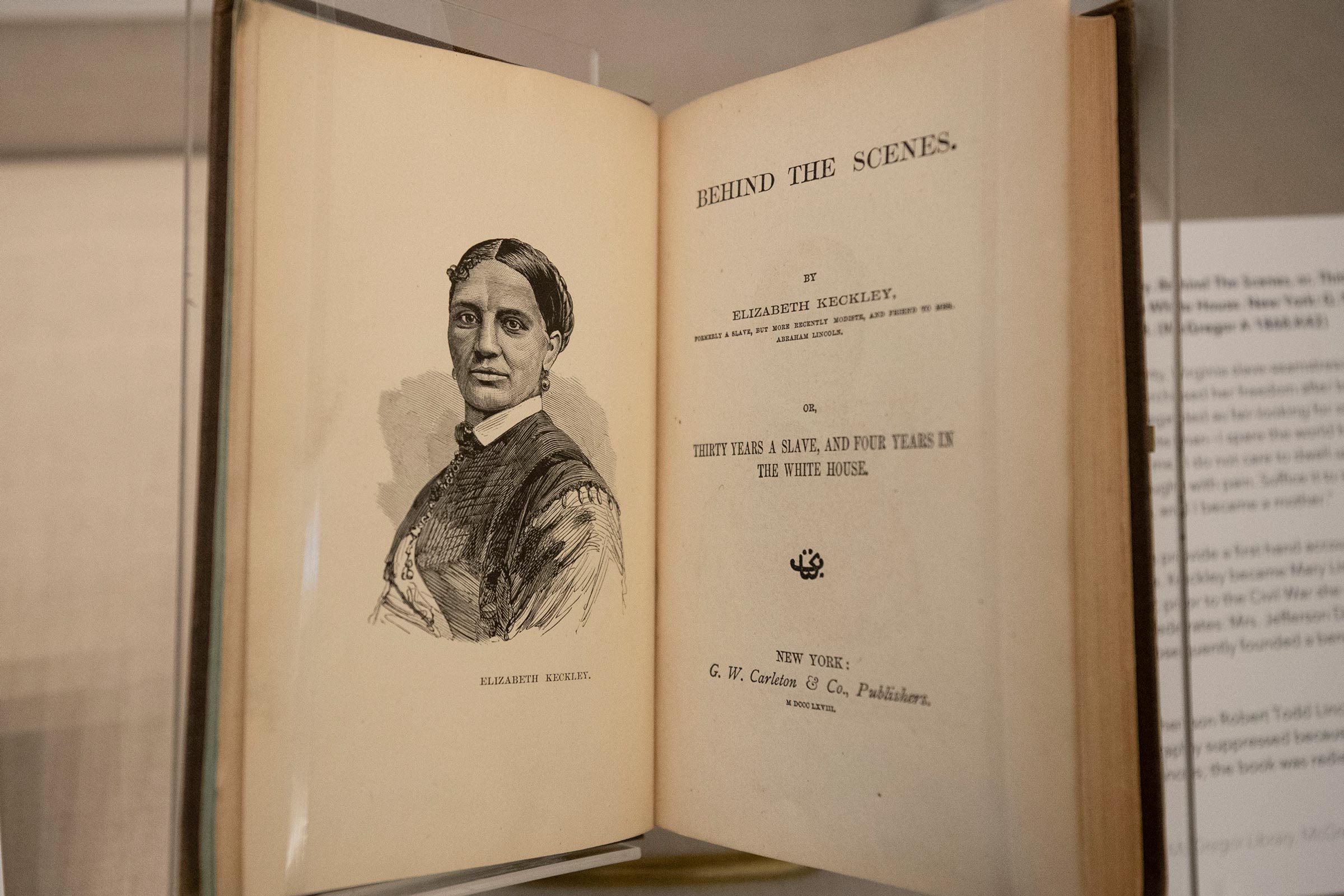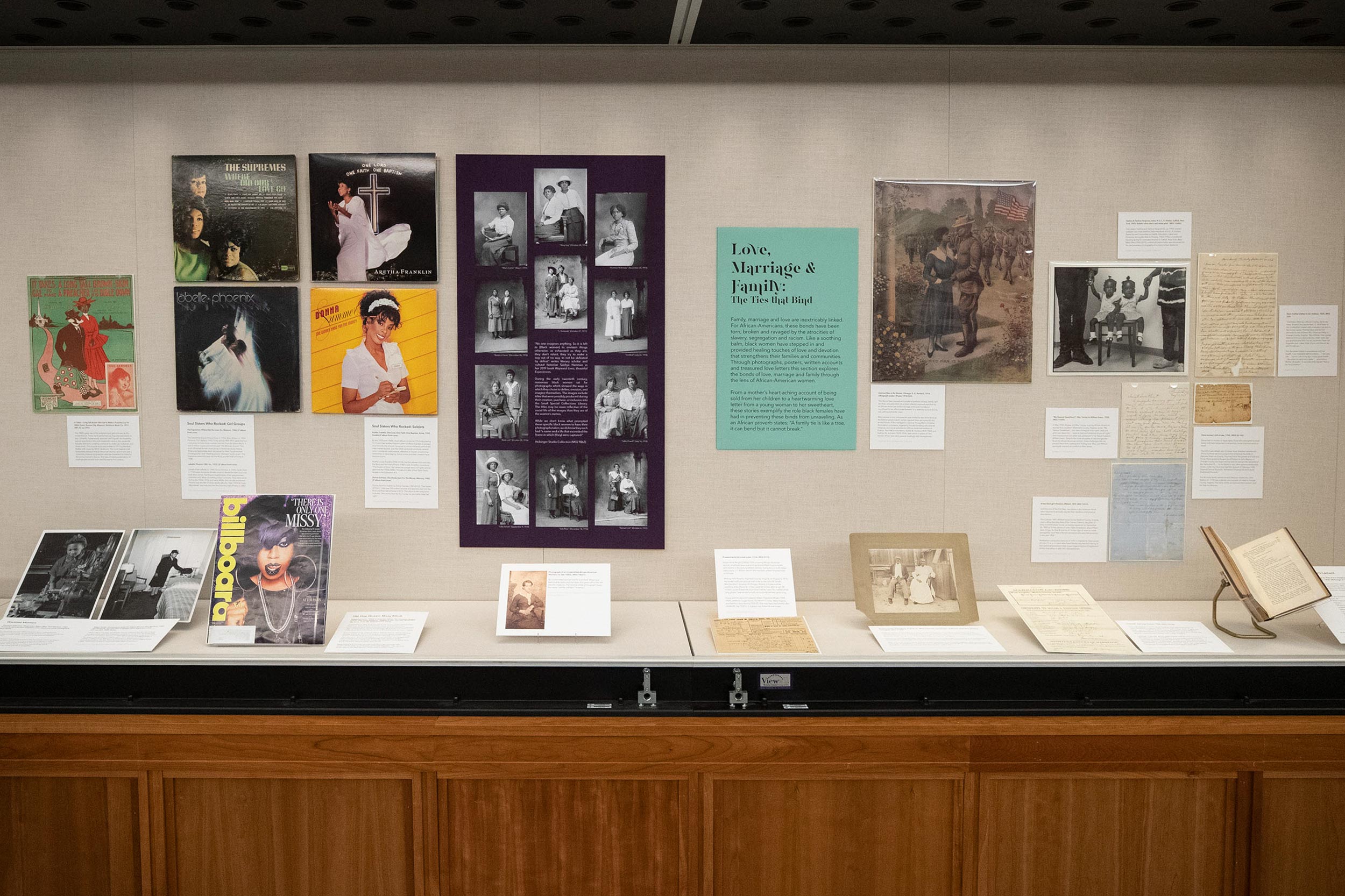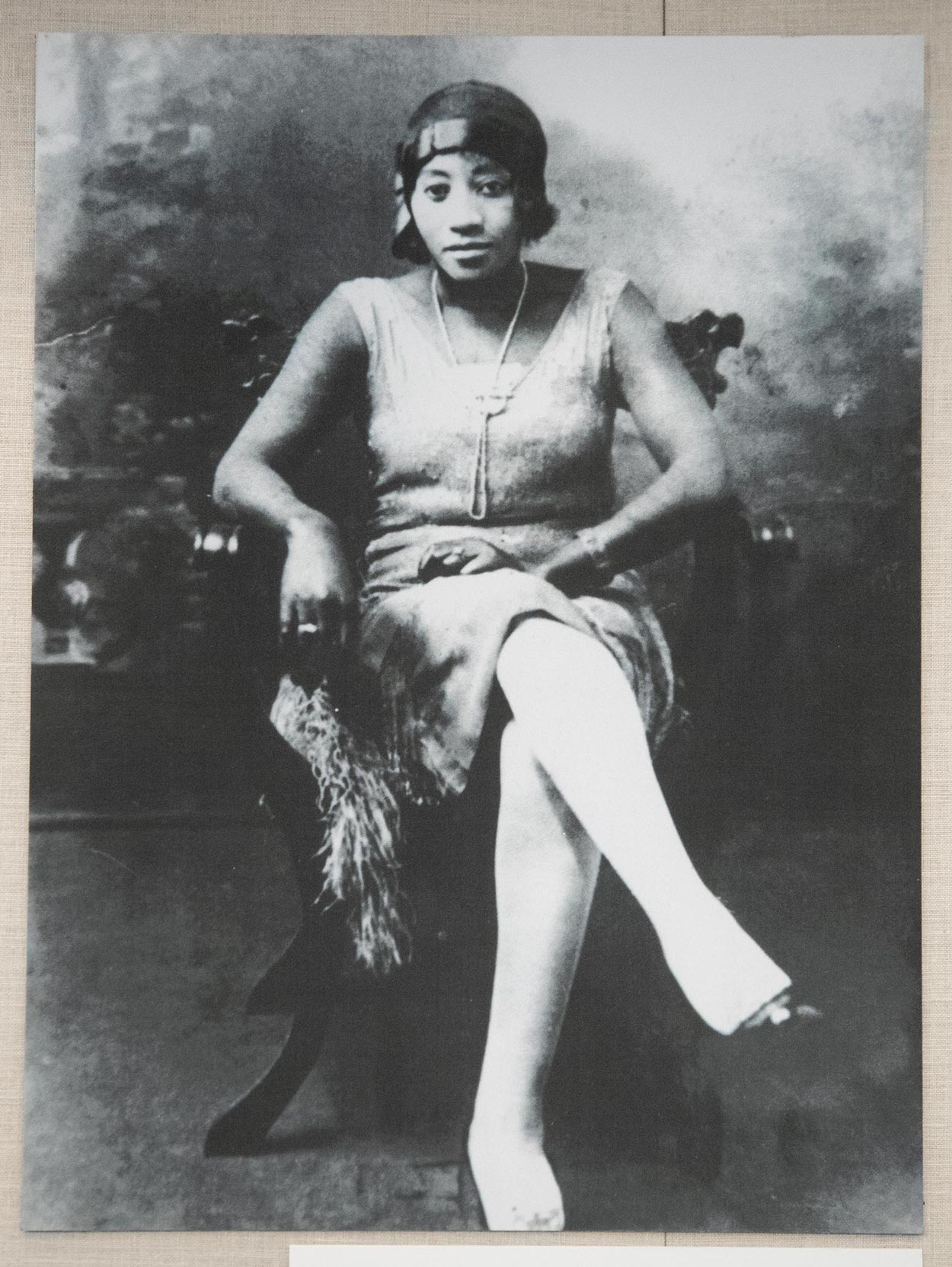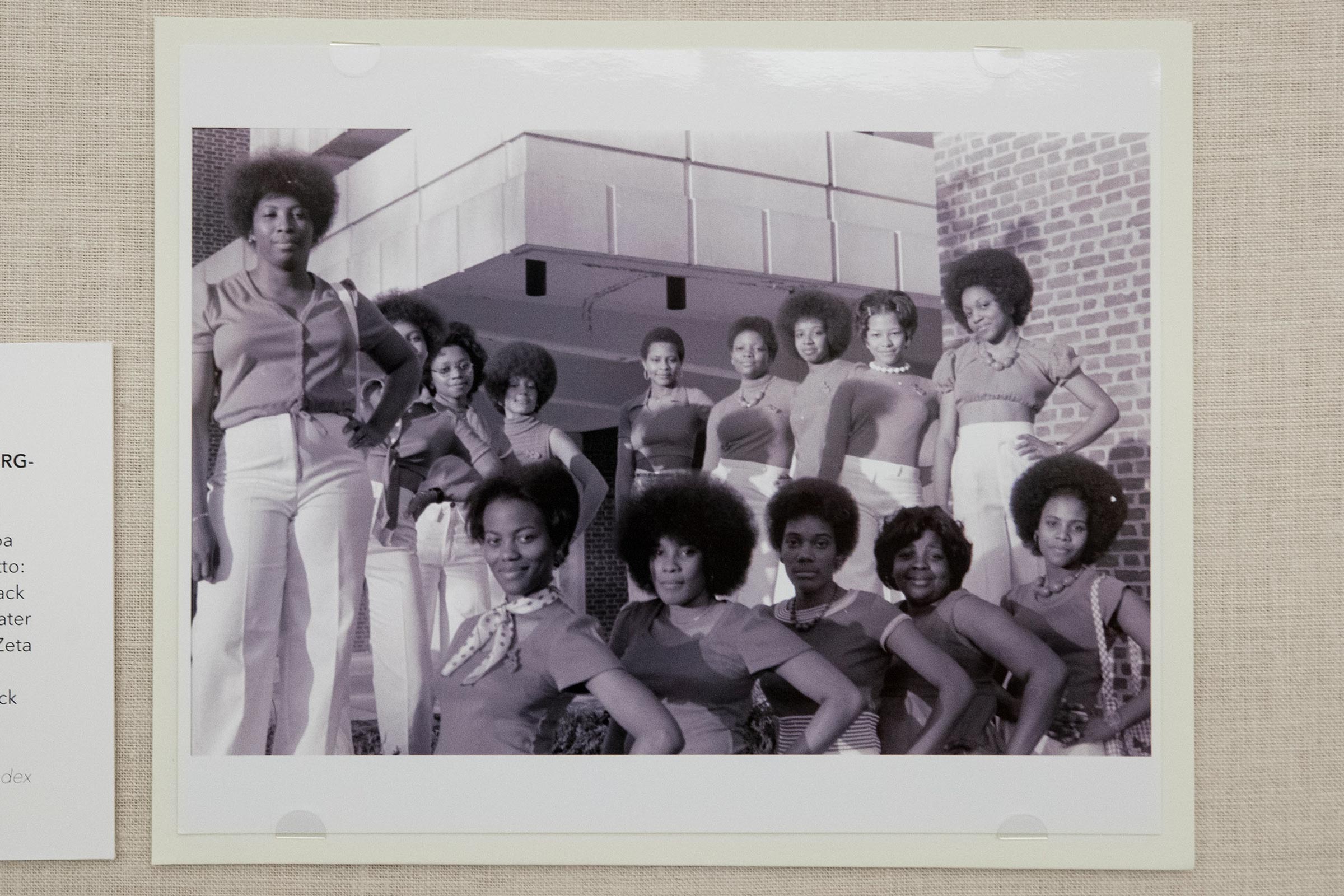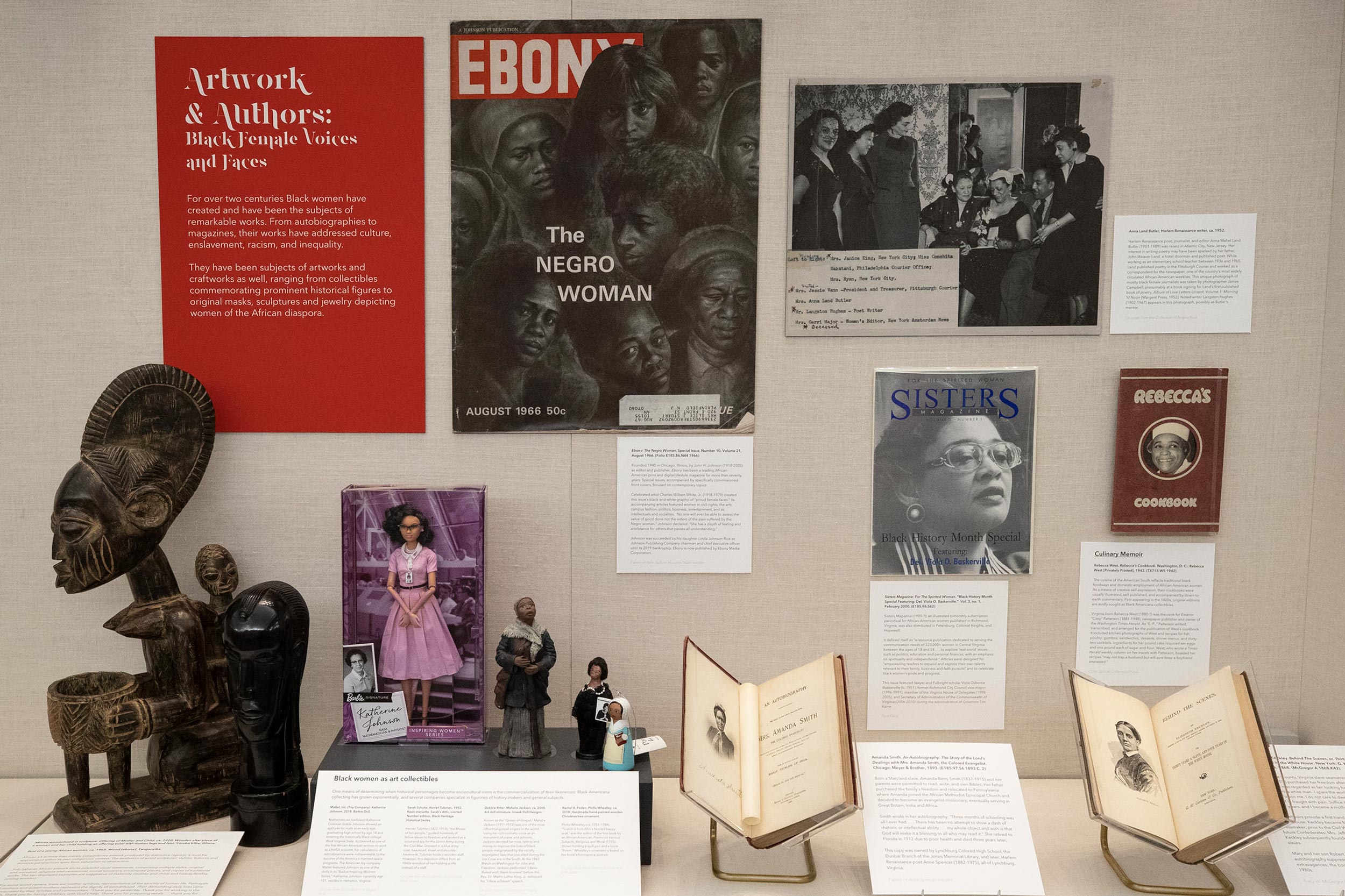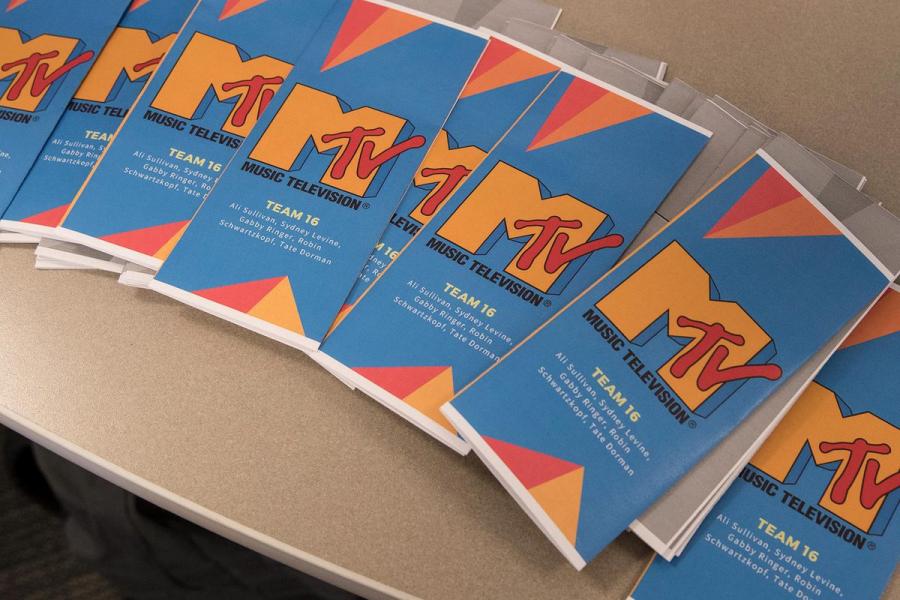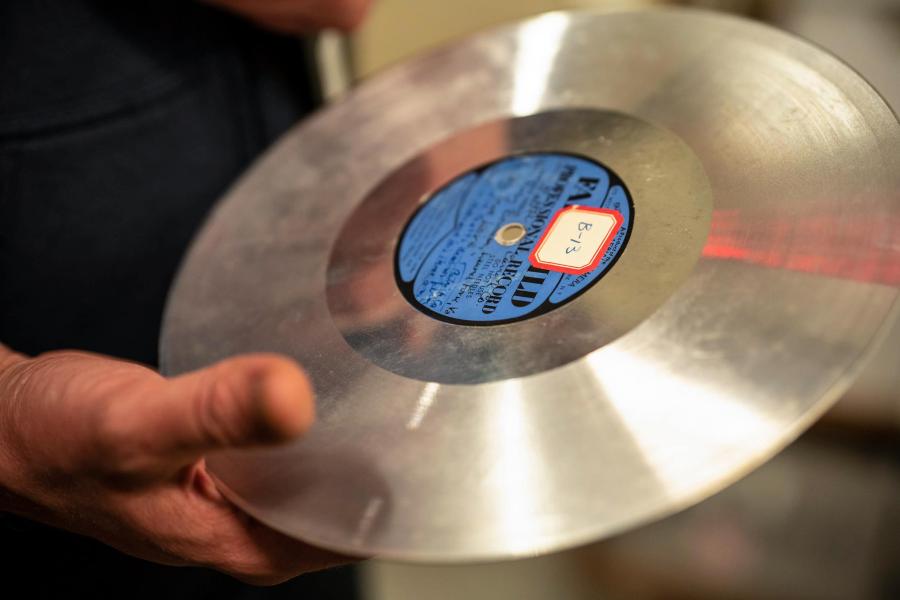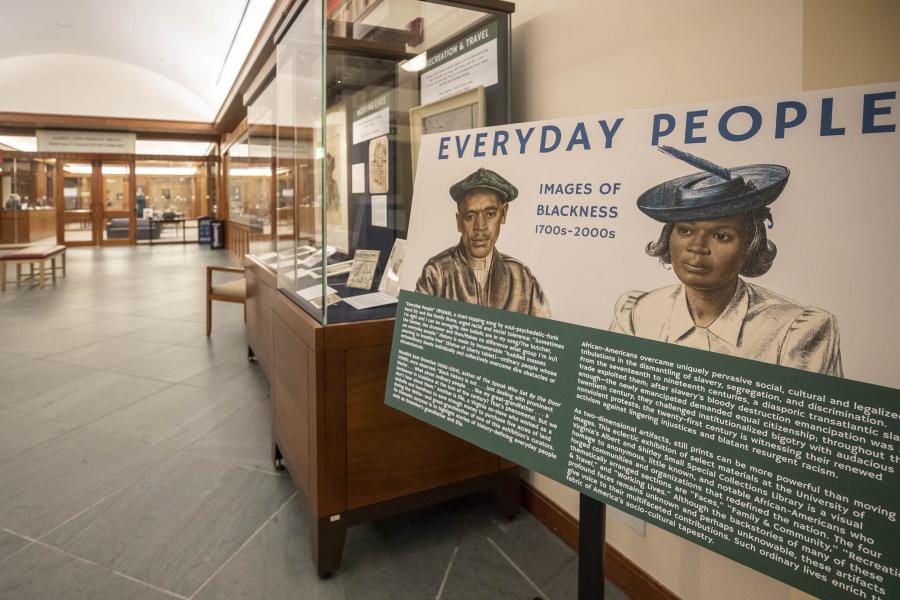“So it is left to [black women] to envision things otherwise; as exhausted as they are, they don’t relent, they try to make a way out of no way, to not be defeated by defeat,” wrote literary scholar and cultural historian Saidiya Hartman in her 2019 book, “Wayward Lives, Beautiful Experiences: Intimate Histories of Social Upheaval,” that Prosper quotes in his description of a collage that features photos by Rufus W. Holsinger in the early 20th century.
“While we don’t know what prompted these specific black women to have their photographs taken, we do know they each had ‘a name and a life that exceeded the frame in which [they] were captured,’” Prosper wrote.
The same can be said for a photo that Rush loaned to the exhibit: it shows her great-aunt, Mary Ann Rush, who grew up in Esmont and worked in Richmond. “Unfortunately, besides this photo taken some time during the 1920s, little information has survived that tells the story of her life,” Rush wrote in describing the photo.
“From the moment my cousin showed me the photograph years ago, I fell in love with it,” Rush said. “There is such a timelessness about it. The exact date the photograph was taken is not known, but based on her outfit it was probably sometime in the 1920s. I love that the photographer skillfully captured her sense of presence. Viewing the photograph today, close to 100 years later, you still sense it.”
Other local women whose successes are noted include civil rights activist and educator Florence Bryant, the only African American teacher in the Charlottesville school system when it was integrated in 1965; and Nikuyah Walker, who in 2018 became the first female African American mayor of Charlottesville.
The section on black women at UVA focuses on those who broke barriers in becoming firsts, such as Elizabeth Johnson, the first full-time admissions officer; and Charlotte Scott, the first tenured female African American professor (alongside her husband, Nathan Scott, in religious studies). Charlotte Scott served on the Darden School faculty and as University Professor of Commerce and Education at the Curry School of Education, retiring in 1998.
